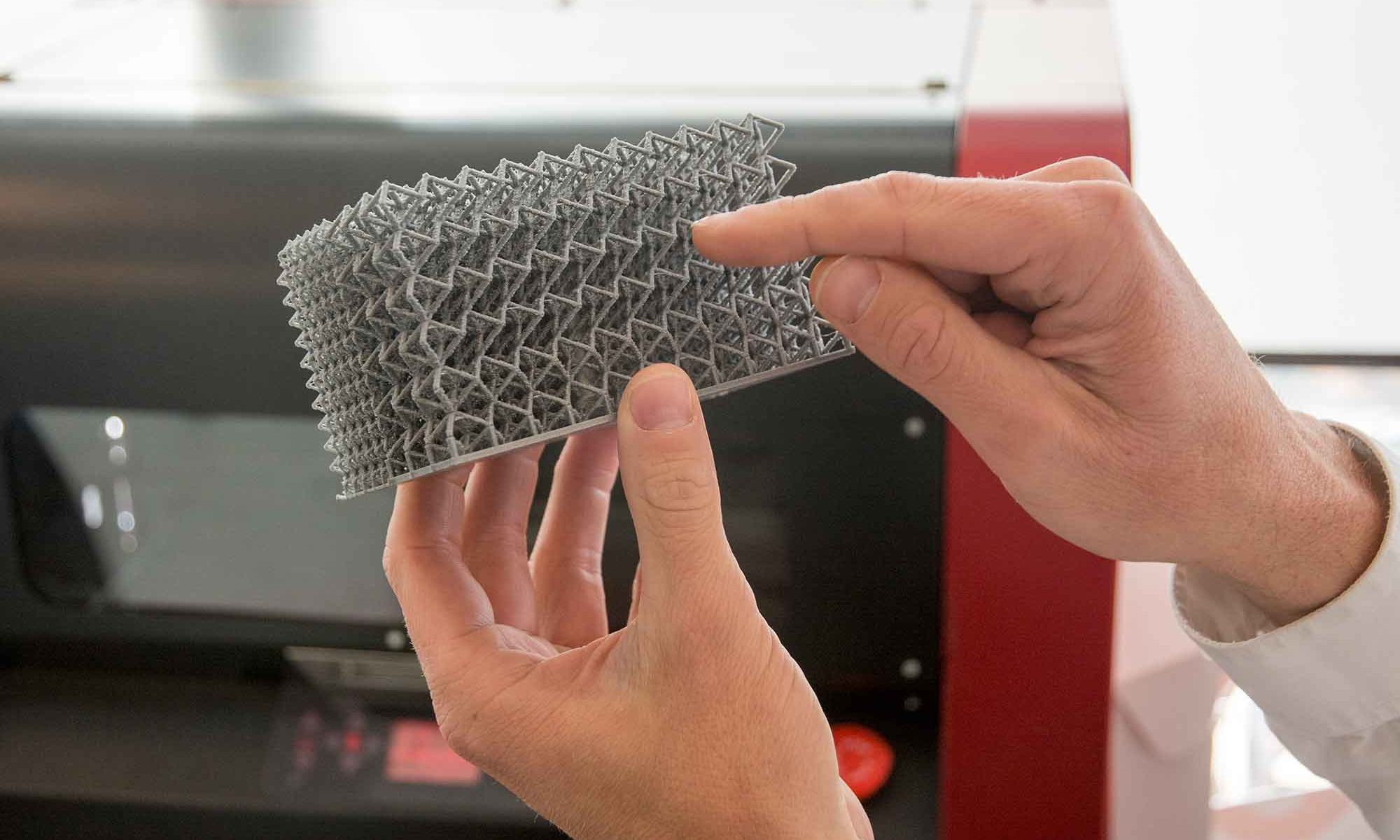Jules Harings, assistant professor at the Aachen-Maastricht Institute for Biobased Materials (AMIBM), is currently researching this in collaboration with Zuyd University of Applied Sciences and the MERLN Institute for Technology-Inspired Regenerative Medicin in Maastricht.
The additive production method 3D printing is characterized by the fact that objects are built up layer by layer, resulting in variations in the homogeneity. The speed and temperature of the print head, but also the composition of the filament (the ‘ink’) influence the mechanical properties of the end result. This is a disadvantage for objects that have to be heavily loaded. But if these variations can be applied controllably, this can also be an advantage for creating medical scaffolds. Research suggests that the way stem cells develop after attachment depends on the local porosity and surface stiffness of the scaffold.
Jules Harings: ‘We are now looking at whether we can use the intrinsic differentiation structure of 3D printing based on this technology to design scaffolds in such a way that we can direct the cell interaction and cell development for an improved healing process. without working with composites. ‘
Read the full article in Agro & Chemistry



